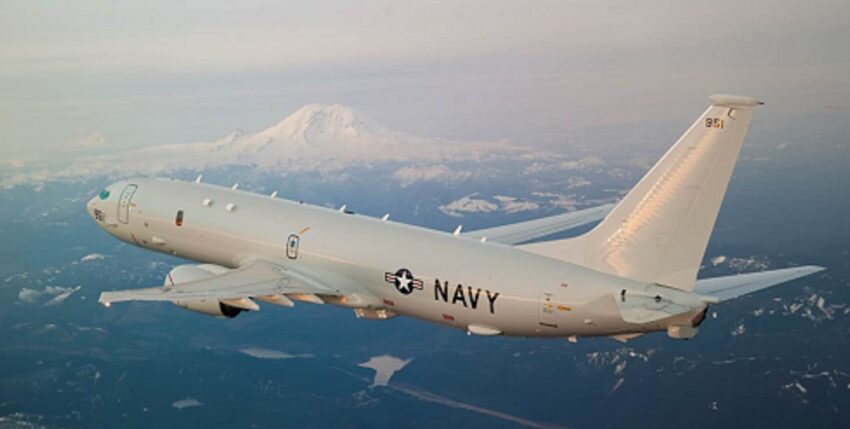The US Navy has placed another order with Boeing for the construction of P-8As. The American aircraft manufacturer will produce a total of 11 of the ASW aircraft. With nine of these, the US Navy will increase its existing arsenal to 128. The Royal Australian Air Force (RAAF) will receive a further two of the aircraft, also known as Poseidons, via the Foreign Military Sales process. It has been a partner in the joint procurement programme since 2009 and currently has twelve of the maritime patrol aircraft.
The P-8 is a version of the classic civilian Boeing 737 NG that has been adapted to military specifications. Thanks to its civilian basis, which has been tried and tested over decades, the aircraft is characterised by high reliability and the worldwide availability of spare parts. The civilian 737 is the world's most produced aircraft. In addition to maritime surveillance and reconnaissance, the Poseideon's mission includes the detection, tracking and combating of submarines. For this purpose, the aircraft is equipped with a bay for torpedoes. Additional weapons can be carried under the wings. Up to 129 sonobuoys are used to detect submarines.
The first P-8 Poseidon was put into service by the US Navy in 2013. It is almost 40 metres long and has a wingspan of 38 metres. Its maximum take-off weight is around 85 tonnes. The maximum speed is over 900 kilometres per hour. A flight radius of 2,200 kilometres allows it to remain in the deployment area for around four hours.
There are two variants of the P-8. In addition to the P-8A, which is flown by the United States, Australia and Great Britain, the Indian Navy has procured the P-8I variant. Further orders have been received from South Korea, New Zealand and Norway. Canada is also interested in the Poseidon as the successor to the obsolete P-3.
For the German Navy, the P-8 is a possible replacement for the P-3C it took over from the Dutch. It is currently planned that these will be decommissioned in 2025. No decision has yet been made on a successor for the eight aircraft. Modernisation was halted in 2020 for cost reasons. Several of the aircraft are not currently operational.
Text: mb; Photo: Boeing










